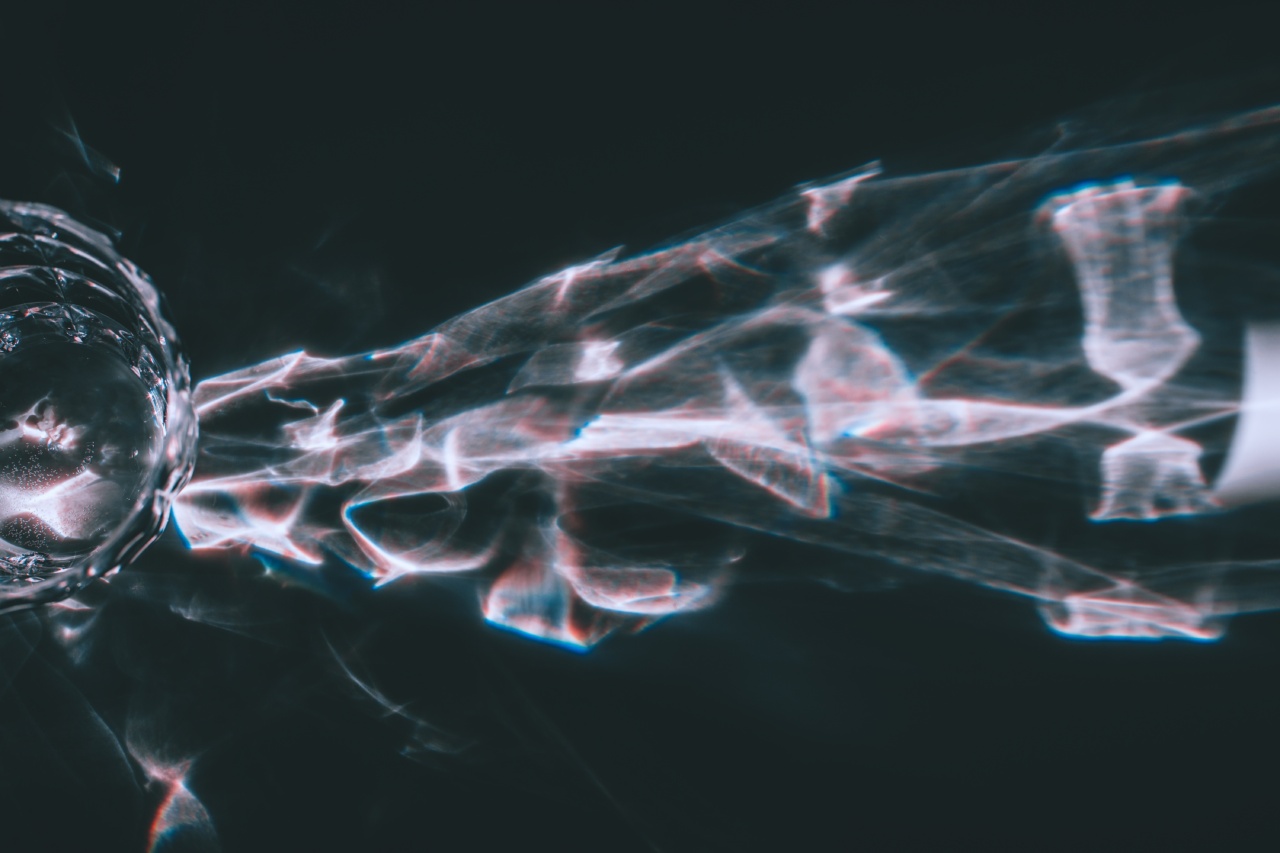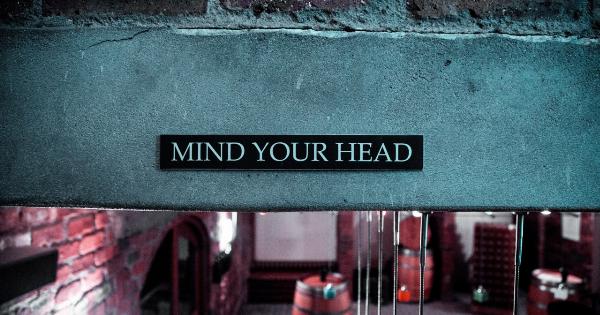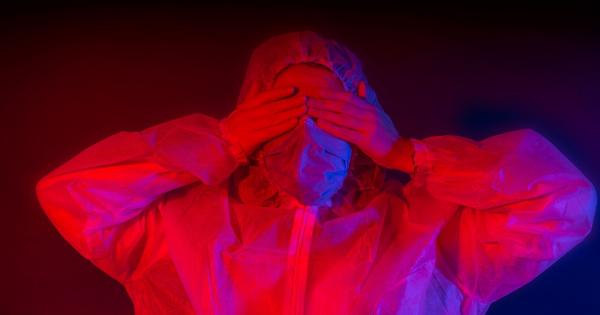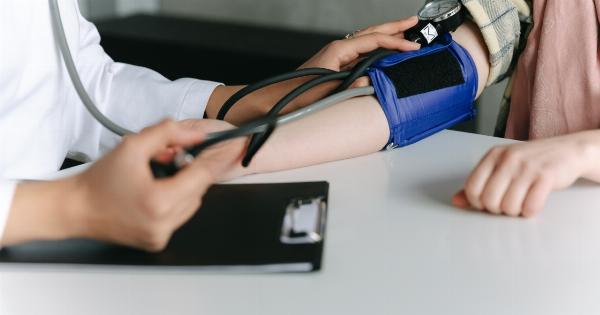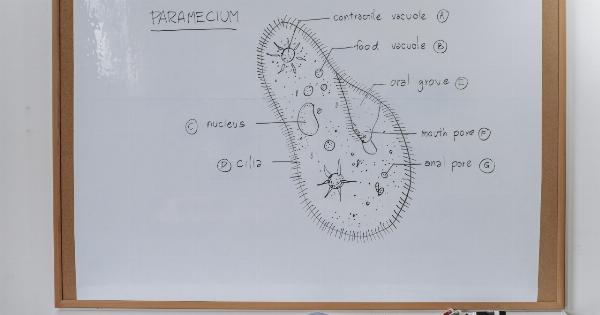Iron is an essential mineral that helps your body function properly. It plays a vital role in carrying oxygen to different parts of the body, enabling the muscles to function effectively, and improving the immune system.
Iron deficiency can lead to a host of health issues that can significantly impact one’s overall well-being. Here are ten visual signs that may indicate iron deficiency:.
Hair Loss and Thinning
Iron helps your body produce hemoglobin, a protein found in red blood cells that carries oxygen throughout the body. When the body doesn’t get enough iron, it may lead to hair loss and thinning.
Without sufficient hemoglobin, hair follicles may not receive enough oxygen, which can cause them to enter the resting phase. Over time, the hair may fall out or become thin. If you notice an increase in hair loss or a receding hairline, it may be a result of iron deficiency.
Pale Skin
Iron is also responsible for giving skin its natural color. A lack of iron in the body can lead to pale skin, particularly in the face, nails, and inside of the eyelids.
If you have noticed an unusual paleness in your skin, it may be a result of iron deficiency. This is because iron is needed to produce the pigment that gives skin its color.
Blue Sclera
The sclera is the white part of the eye, and when there isn’t enough iron in your system, it can turn blue. This is because without enough iron, the collagen in the eyes cannot be properly produced, resulting in a blue tint.
This is a rare condition, but it can be an indication of iron deficiency.
Fatigue and Weakness
Iron is an essential nutrient that helps muscles function properly. Without enough iron, muscles may tire more quickly, leading to fatigue and weakness.
This can impact your ability to perform everyday tasks like cleaning the house, going to work, or exercising. If you feel tired or weak on a regular basis, it may be a result of iron deficiency.
Shortness of Breath
Iron is required for the production of hemoglobin, which carries oxygen to the body’s cells and tissues. When there isn’t enough iron in the bloodstream, it may lead to a shortage of oxygen, resulting in shortness of breath.
This can make it difficult to perform physical activities and can impact overall quality of life. If you experience shortness of breath without any apparent reason, you should consult a doctor.
Brittle Nails
Iron is necessary for the production of keratin, a protein that promotes healthy nail growth. A lack of iron in the body can lead to brittle and weak nails that break or split easily.
If you notice that your nails have become brittle or are not growing properly, it may be a sign of iron deficiency.
Swollen Tongue
Iron is necessary for maintaining healthy mucous membranes, such as those that line the mouth and tongue. When iron levels are low, it can lead to inflammation of the tongue, making it appear swollen, and may cause discomfort while eating or speaking.
If you notice that your tongue has become swollen or sore, it may be a sign of iron deficiency.
Restless Leg Syndrome
Restless leg syndrome (RLS) is a neurological condition characterized by an irresistible urge to move your legs. While the exact cause of RLS is unknown, it has been linked to iron deficiency.
According to research, iron plays a vital role in the function of dopamine, a neurotransmitter that helps regulate movement. A lack of iron in the body may contribute to the development of RLS.
Abnormal Heartbeat
Iron deficiency can also lead to an irregular heartbeat. A lack of iron can make it difficult for the heart to pump blood efficiently, leading to an abnormal rhythm. This can cause palpitations, chest pains, and shortness of breath.
Anyone experiencing such symptoms should consult a doctor as soon as possible.
Inability to Focus
Iron is needed to produce neurotransmitters like dopamine, which play a crucial role in brain function. Without enough iron, the brain may not be able to produce these neurotransmitters, leading to an inability to focus or pay attention.
This can impact school or work performance and create unnecessary stress. If you find it hard to concentrate, even on simple things, it may be a result of iron deficiency.
Conclusion
If you experience any of the above visual signs, it may be an indication of iron deficiency. Consulting a doctor is the best way to determine if you have an iron deficiency and develop a treatment plan.
Incorporating iron-rich foods like red meat, poultry, seafood, dark leafy greens, and beans can help maintain healthy iron levels in the body and overall good health.
